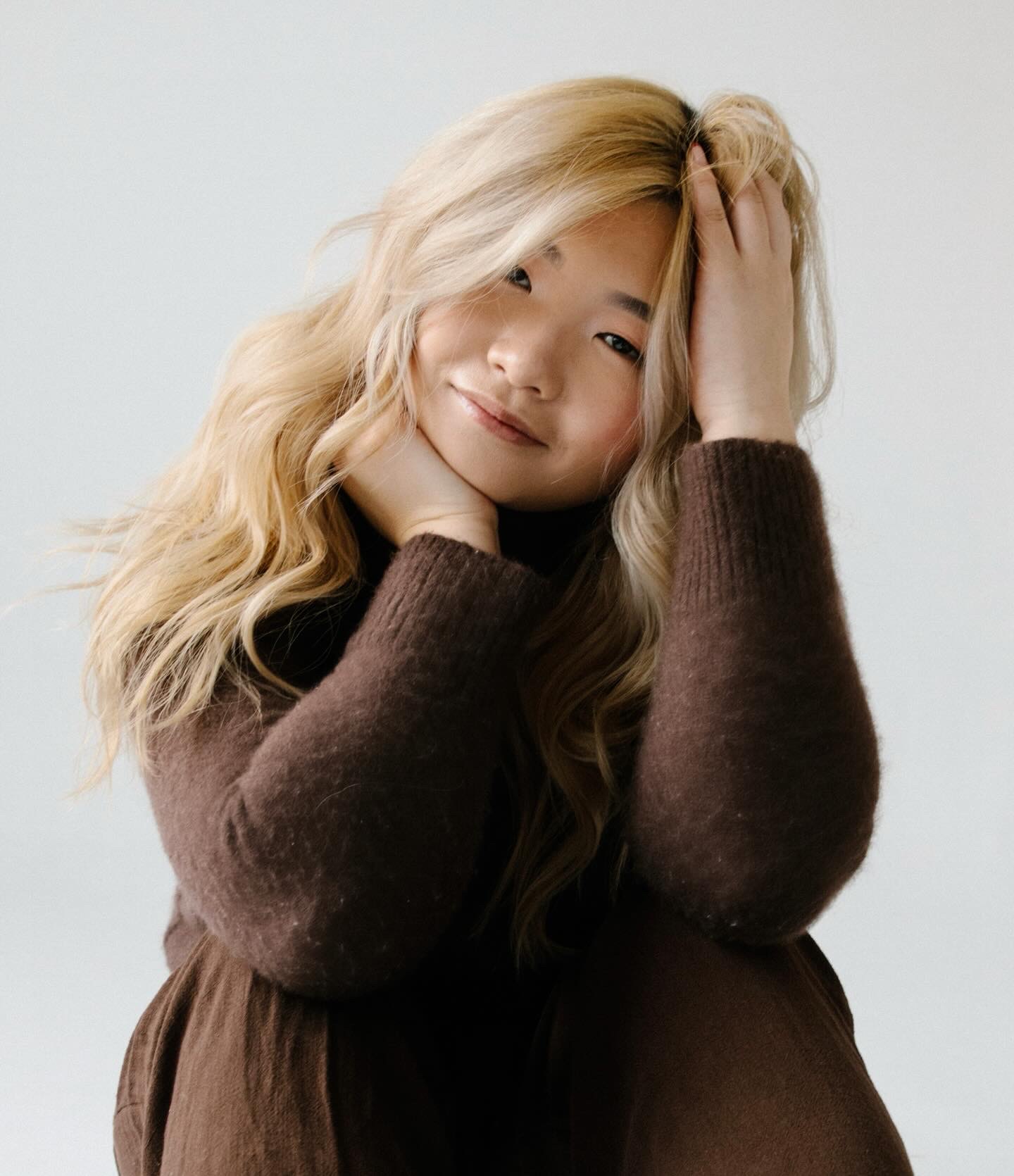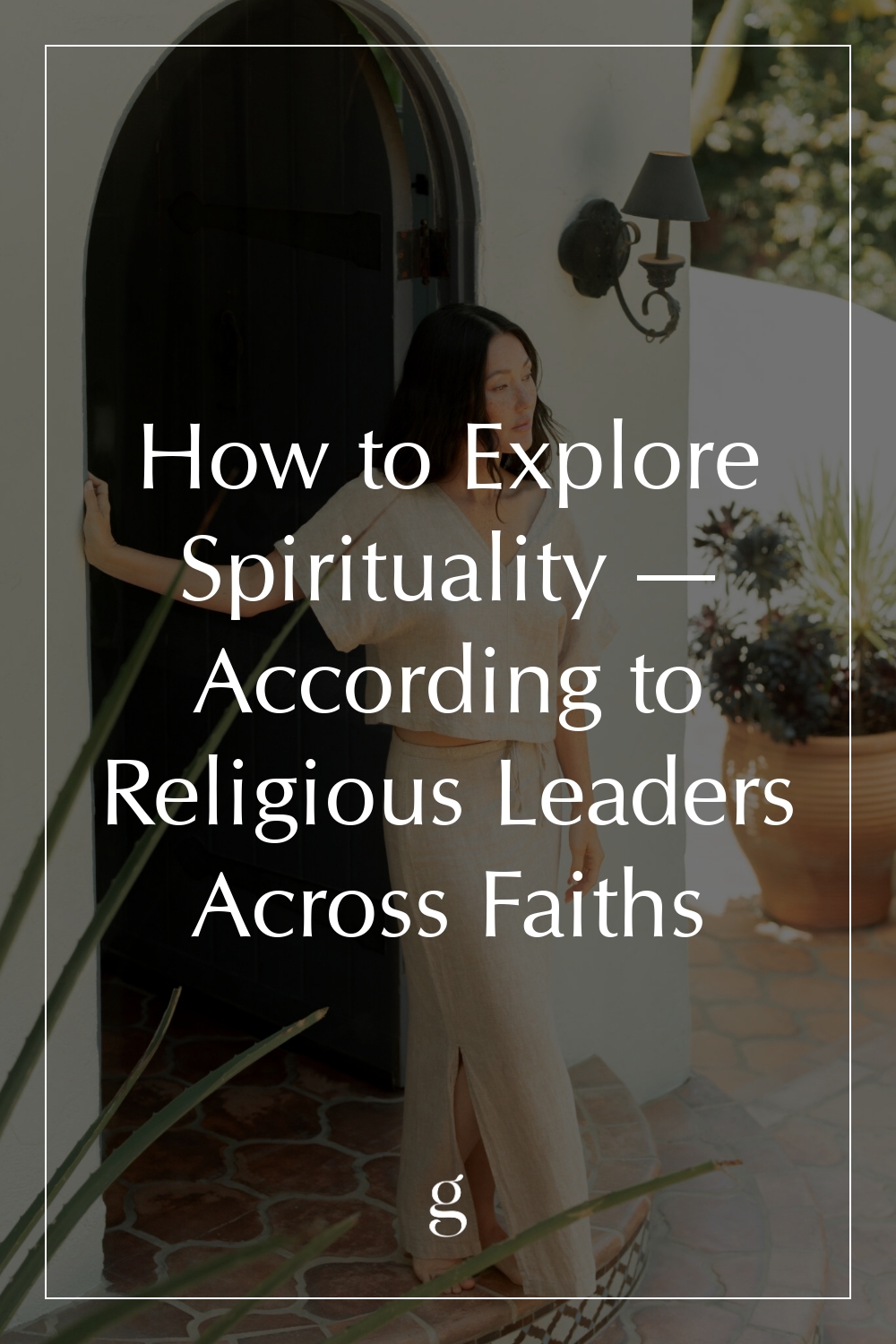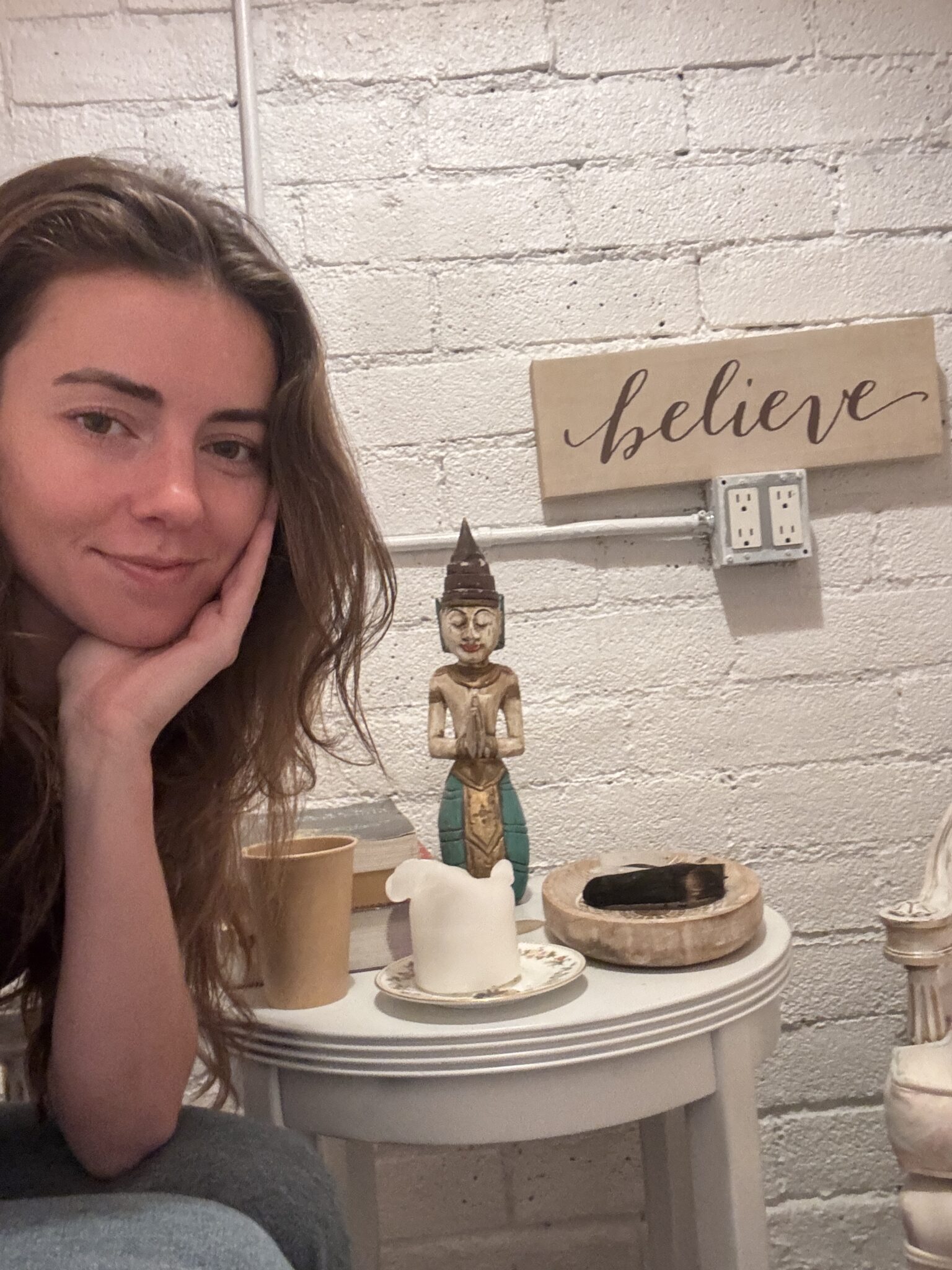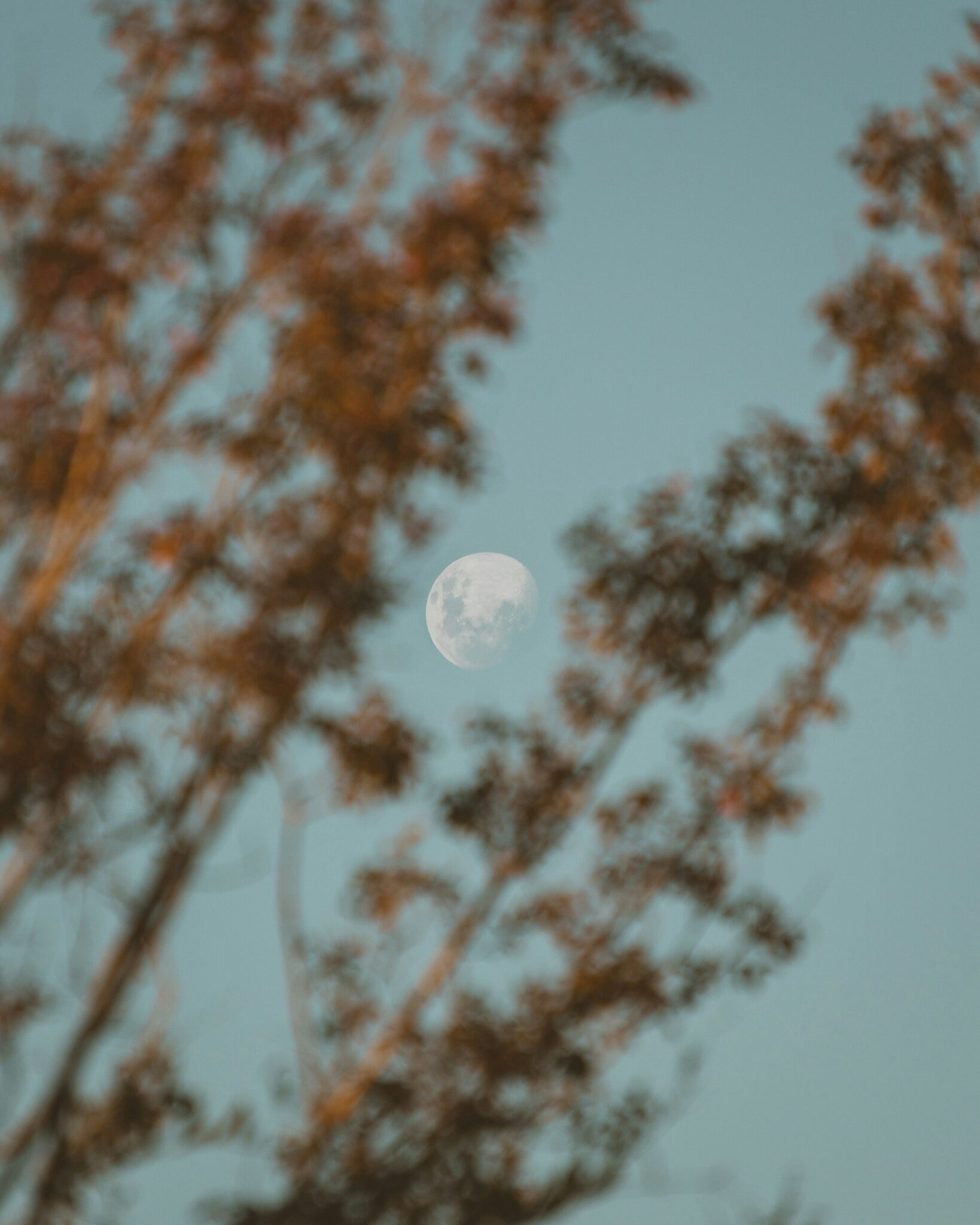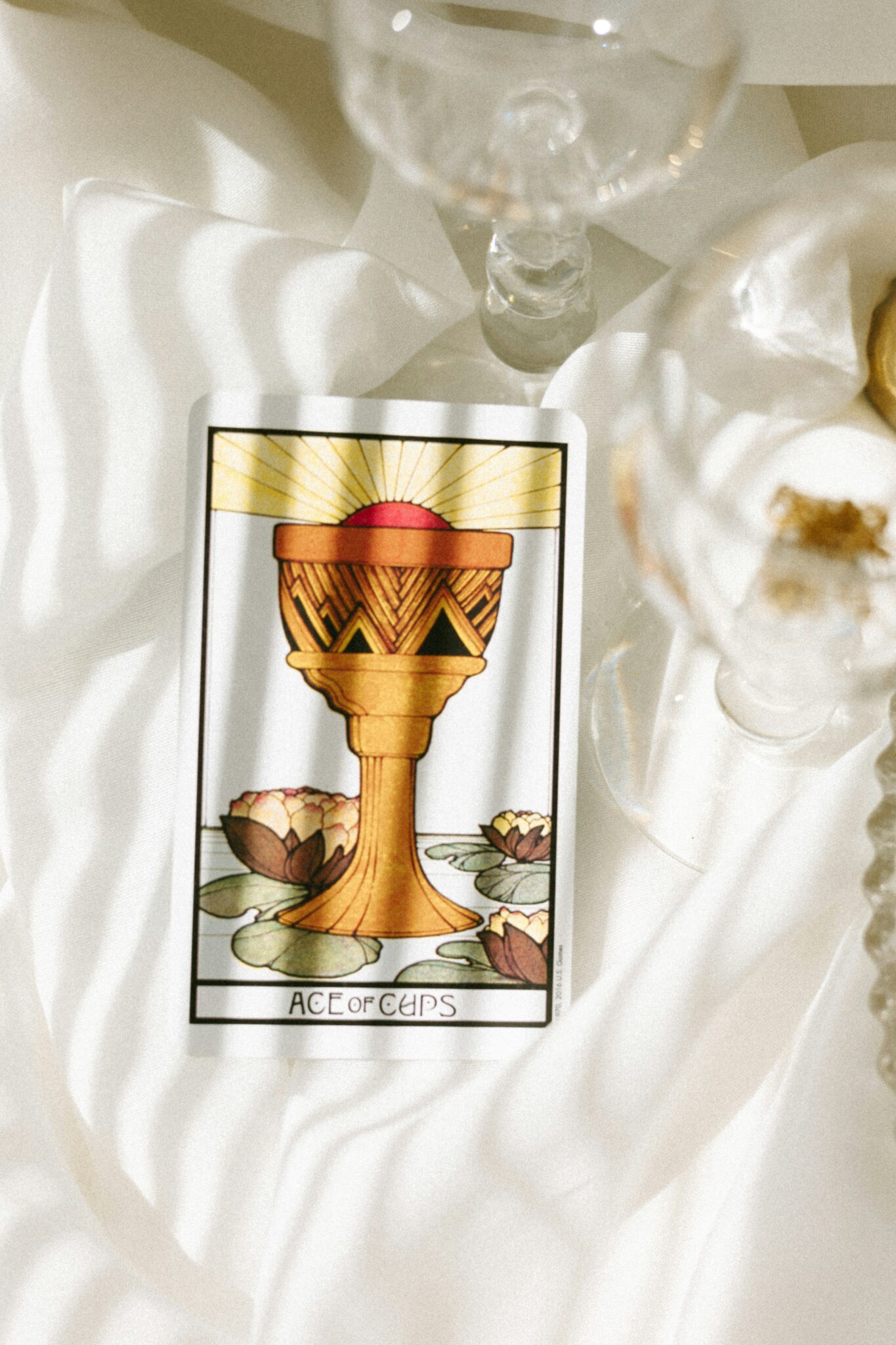
How to Explore Spirituality — According to Religious Leaders Across Faiths
Before attending Harvard Divinity School, I wouldn’t have considered myself religious. Like many young Americans, I’m the one in five who reject organized religion but call themselves spiritual. The broadest explanation for this movement boils down to the fact that most human beings are inclined to have a faith of some sort — a belief in a higher power — but don’t necessarily align or agree with major religions. As someone who was raised peripherally to Christian churches, I’ve always appreciated aspects of communion and ritual, but didn’t really care for the specific tenets of that religion.
“Like many young Americans, I’m the one in five who reject organized religion but call themselves spiritual.”
According to Professor Matthew Sigurd Hedstrom, a Religious Studies and American Studies professor at the University of Virginia, this track is extremely common. “In the United States, the percentage of people formally affiliated with organized religion has been dropping since at least the 1990s. Young people tend to be less religiously involved than older people, and there are other factors at play: men are less religious than women, the unmarried are less religious than the married, white and Asian Americans are less religious than other racial or ethnic groups.”
He continues, “One main observation is that the decline in religion is almost entirely a decline in Christianity, which makes some sense since Christians have historically been by far the largest religious group in the US. But it is important to note that smaller religious groups — Judaism, Muslims, Hindus — have not lost members to nearly the same extent that Christians have.”
“As I grew older and had more freedom to explore faith on my own terms and timeline, my interest in spirituality as a whole grew.”
As I grew older and had more freedom to explore faith on my own terms and timeline, my interest in spirituality as a whole grew, despite my initial introduction to religion through Christianity. When I was 26, I learned that Harvard Divinity School offered a program track called Religion and Public Life, inviting mid-career professionals to study in Cambridge for a year and pursue a topic of religion of their choice. Kerry Maloney, the Chaplain and Director of Religious and Spiritual Life at Harvard, spoke to the broader interest in religion despite reports of decline in organized religion.
“It’s understandable that people have either stepped away from those organizations and traditions or never been exposed to them in the first place,” says Maloney. “That said, no one can be divorced from the elemental power of Ultimacy and Intimacy, but how they access and understand those two points on the continuum of their lives has changed.”
For me personally, it was a deep interest in community and intimacy that drew me closer to spirituality. Even if I couldn’t fully identify with a major religion, there were aspects of every religion that spoke to me in some way when I needed them most. Interestingly enough, it’s age and life experience that’s drawn me back to theology. Professor Hedstrom notes that there are many reasons why someone would be drawn to spirituality or religion, the main one being having been born into one or raised by it.
“Even if I couldn’t fully identify with a major religion, there were aspects of every religion that spoke to me in some way when I needed them most.”
“By and large, people follow in the religious traditions of their parents, grandparents, and community. Getting married and having kids can also be a big factor, especially if you marry someone who is more religious than yourself,” he said. “Otherwise? It’s tempting to say that dramatic life experiences — traumas, illnesses — lead people to religion. I think people are products of their social circumstances.”
The product of my social circumstances led me to study theology, but applying or exploring it further — especially outside of a traditional religious context — presented its own set of challenges. For people who may only identify as spiritual, there are not many third spaces that fit in that grey area between spiritual and religious. But according to Professor Hedstrom, we’re seeing more of a rise in the need for that bridge.
“There is a process that some have called ‘seeking’: Looking into various religious teachings and practices in search of elements that make sense or provide meaning or helpful ritual, but not fully converting.”
Rabbi Toba Spitzer wrote “God is Here: Reimagining the Divine” for those who are seeking, which is how I came across the text. In the book, Rabbi Spitzer addresses the skepticism and blockers that folks can have when it comes to exploring theology. She calls it the God dilemma. “As a rabbi for almost thirty years, I’ve often noticed that ‘God language’ can be absent or avoided. Instead of helping people access spirituality, it becomes an obstacle.”
“Rabbi Spitzer addresses the skepticism and blockers that folks can have when it comes to exploring theology. She calls it the God dilemma.”
“The biggest obstacle, which I write about in my book, is the metaphor of God as a human being. In Judaism, that’s just one of many metaphors for the divine. But because we live in a Christian society — where the image of God as a person, embodied in Jesus, is central — that metaphor has become dominant in American culture. So for a long time, I’ve been trying to find new ways to talk and think about the divine in a way that makes sense to people for whom ‘God as a big person’ is a deal-breaker. That was my starting point.”
The point that Rabbi Spitzer speaks of goes beyond just the “G” word. Her book, and this philosophy, invites readers to meet religion on their own terms. This philosophy was vital in my own theological studies; I have to believe that there is more than just one path to the divine than what’s dominant or traditional. To find those alternative avenues, we can start by looking around us.
Maloney seconds this, “I always invite such people to visit different religious communities that are intellectually and spiritually vital, critical, and evolving, to read a few books — often autobiographies or journals — by people from various traditions.” She also recommends finding or building a community of spiritual accountability, since the spiritual life is best pursued in the robust and regular company of others.
For some, finding an experienced spiritual director or companion who can help to guide them in their ongoing seeking can be a huge help. A spiritual director and companion is what the name suggests: An individual with more knowledge and expertise who can guide someone who is just starting to explore their spiritual side.
“For some, finding an experienced spiritual director or companion who can help to guide them in their ongoing seeking can be a huge help.”
“We’re really lucky in America, in the twenty-first century, to have so much variety,” says Rabbi Spitzer. “There are progressive communities and congregations for people who may have been hurt or alienated by more conservative teachings. Today, there are progressive churches, progressive synagogues, and a wide array of spiritual spaces to explore. So if you’re wondering where to start, I’d suggest beginning locally. That might mean reaching out to a rabbi or minister and simply saying, ‘Hey, can you tell me what’s available?’”
And if finding a way in person isn’t doable, there’s an incredible amount of material available online now — classes, talks, recordings — according to Rabbi Spitzer. “Community is important. If you can, try to find a group. Being on a spiritual path alongside others can be profoundly grounding and supportive,” she recommends.
There is no shortage of third spaces for those seeking the divine, especially with other people. “Often these spaces are found among maker communities, social justice movement communities, and artists’ communities,” says Maloney. “Casper ter Kuile (one of our alumni from Harvard Divinity School) has made a career of identifying and cultivating such spaces, first through his extensive work researching and publishing about such communities and then as a co-founder and director of the Sacred Design Lab. He’s just one of many people who are highlighting the availability of such spaces and helping to create them.”
“There is no shortage of third spaces for those seeking the divine, especially with other people.”
If you too feel like you’re seeking, or if you are simply starting to feel curious, here are some specific and practical action steps you can take to start your own spiritual journey:
- Visit open communities like synagogues, churches, or sanghas that welcome questioning and diversity.
- Ask leaders directly by reaching out to a rabbi, minister, or chaplain to see what’s available nearby.
- Seek spiritual direction or companionship. A trained guide can help you navigate questions, rituals, and practices as you grow.
- Engage online. Explore talks, classes, and communities through projects like Casper ter Kuile’s Sacred Design Lab, which builds modern spaces for spiritual connection.
- Read widely. Explore texts like “God Is Here” by Rabbi Toba Spitzer or autobiographical works from diverse faith traditions.
- Find a third place. Look for meaning in creative, activist, or maker communities that blend spirituality and shared purpose.
What is your relationship to your spirituality? Are you seeking, too? If you have any recommendations for others about how to begin their own spiritual journey, please let us know in the comments!
Sara Jin Li is an essayist, playwright, and filmmaker based in Los Angeles, California. She is also the founder of Heretics Club, a literary salon for creative writers. You can find her on Instagram at @sarajinli.
